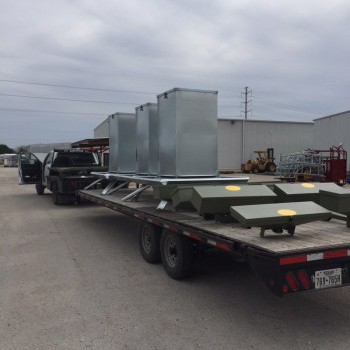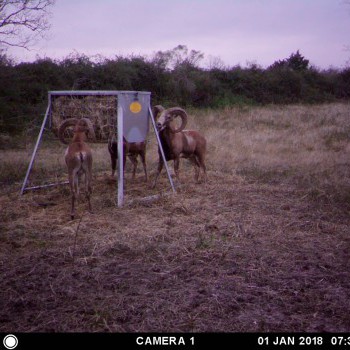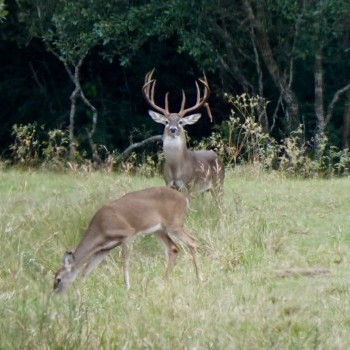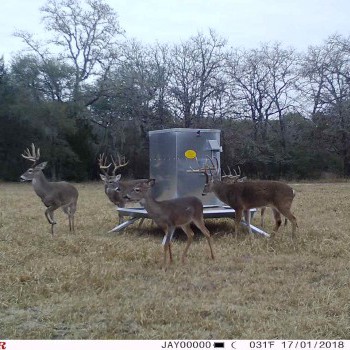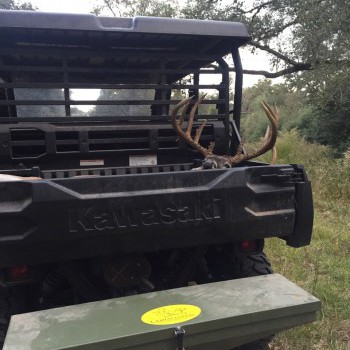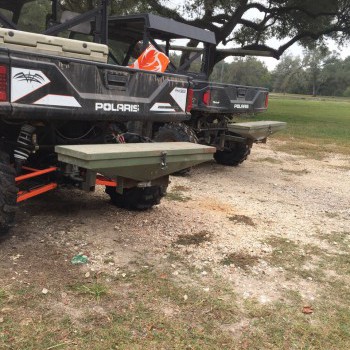Managing Feral Hogs on Your Property: Where do I start
Original article: Wild Wonderings Blog Spot
By Texas A&M AgriLife Extension Service
As feral hogs continue to spread, more and more landowners find themselves in the position of having to do something about it. Whether you are new to landownership or your property has been in your family for generations, you may find yourself asking, “What do I do?” Don’t worry, you are not alone.
The prospect of “controlling” feral hogs on a property can be daunting, but do not be discouraged. We often describe feral hog management as a marathon because it requires dedication and time. Every marathon, however, begins with a first step. What is the first step for feral hogs? Get a game camera (or two).
Using your camera(s), track the pigs on your property. Find out where they are feeding and what are they eating. This is usually the easiest sign to find, you can find out more about feral hog sign by watching this video: https://www.youtube.com/watch?list=PL10QCALWCnPT8I5TfcFa-jqAnE69i2T7H&time_continue=3&v=Rf09uH5MklM
Next determine how many there are. Try to identify individuals based on distinct markings. Don’t assume you are seeing the same pigs every time. When you place the camera, try to include a reference object to give you an estimate of the sizes of the animals.
A feral hog caught on camera, note the distinctive spots
Next, determine their route to the feeding site. The pictures should give you an idea of the direction they are coming from. Look around for tracks, scat, and other sign to indicate their passage. Look in the direction of water, as they are very likely to frequent that area. Find a point along the trail where the animals are funneled through a point (such as a fence crossing) and deploy your camera. Are all the pigs you observed from the feeding site coming through this path?
Once you have determined where they are coming to and how they are getting there, you can locate where they are coming from. This will be where they take cover during the daytime, so look for water and thick brush. Feral hogs cover a sizable home range, so the trail may lead off your property. If you are not familiar with the adjacent property, a quick look on Google Earth can give you an idea of the vegetation and where the animals are likely located. This is also a good opportunity to talk to and collaborate with your neighbor.
Now that you know where the pigs are, their travel routes, their eating habits, and their numbers, you are ready to select a plan of attack. Whatever method or methods you choose, they will be more successful if you take the important first step of tracking the pigs.
The hyper-linked resource document below will provide you with quick access to many of our online feral hog resources including publications, fact sheets and videos.
Feral Hog Resources- Texas A&M AgriLifeExtension by Jim Cathey

